Pilgrimage 2.0-7 : Passion

On Saturday, we entered the Old City of Jerusalem via the Lion's Gate. Sherry brought us there via an uncommon trail that traverses a Muslim cemetery. The Lion's Gate is not very wide and is paved with stones worn smooth from use. Behind it is the Muslim Quarter, where cars and motorcycles zip in and out at high speed. Tourists who block traffic are not welcome. These Muslims have stayed in the Old City for generations and don't mind making money off Christian pilgrims at all by opening religious merchandise stores.

The first stop of the day was the Church of St. Anne, a medieval church that's very bare, very austere. The caretaker, a Missionaries of Africa priest, reprimanded visitors who talk in the church like a marketplace. But we were allowed to sing Marian hymns, taking full advantage of the excellent acoustics. Down in the crypt is the place where the Crusaders believed was the birthplace of Mother Mary. Outside is the ruins of medicinal pools.


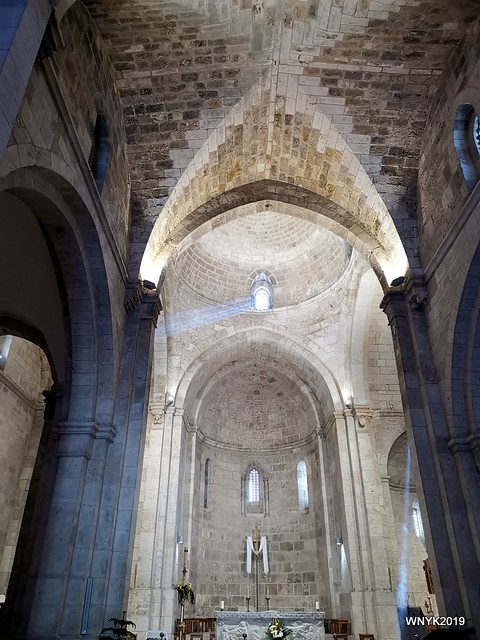
Via Dolorosa was next with a wooden cross. The first station was at the Church of the Flaggelation. From station to station, two persons carried the cross. The route brought us out to the Muslim Quarter, among the narrow streets lined with shops. Mum and I were lucky enough to be able to able to be cross-bearers.

Left the the wooden cross at the tenth station, and we walked into the Coptic Orthodox Monastery. There was another low door which granted us access to a very narrow corridor, but the traffic was still two-way. Took us a while to clear that and emerge into a courtyard outside the Church of the Holy Sepulchre, where we finished the last five stations. Try to spot the Immovable Ladder, a piece of history that had not been changed since the signing of the Status Quo in the 18th century. The Status Quo is an understanding among the religious communities in regards to various sites in Jerusalem and Bethlehem, enforcing that no changes may be made without the consensus of all parties.





At the entrance of the church is the Stone of Anointing, the slab of stone where Jesus was said to have been laid after being taken down from the cross, in preparation for burial. Above the stone are seven large ornate sanctuary lamps. Pilgrims prostate themselves there, touching their foreheads on the cool stone which emanates the fragrance of perfumed oil. Some even try to mop up the fragrance with handkerchiefs, and put their religious items on it.


Another mad queue was awaiting us at the Greek Orthodox church to view the Angel Stone, which tradition says is a piece of stone from Jesus' tomb. But this time, the view was breathtaking. We were in the Dome of Resurrection, with light shining through the oculus. Right below the rotunda is the Aedicula, the main altar for the Greek Orthodox patriarchy. Stuck behind the Aedicula like a remora is an Armenian shrine. For the first time, I got to see a Greek Orthodox divine liturgy in progress, but much of the action happens behind the iconostasis. A lot of long chanting.


A couple of hours later, the priests dispersed, and security staff started organizing the crowd. They looked like bouncers really. No matter how much you tell people nicely, they end up acting selfishly, and you have to bark at them. The Angel Stone resides in a room beneath the Aedicula. The entrance is decorated with rows of sanctuary lamps, and icons of the twelve apostles. One person at time, we were let in. The room was square and dark, with the Angel Stone mounted on a pedestal in the middle. Just a fleeting touch, and we had to go out. The public were not allowed to view the tomb which is located in another room.

The Church of the Holy Sepulchre also houses what the Greek Orthodox believe as part of Golgotha, the hill where Jesus Christ was crucified. A altar was built on the remnant of the hill, and is very heavily decorated. Gold, silver, and gilt all over. Detailed scenes of the Passion are painted on the vaulted ceiling. Beneath the ornate altar is a hole where the faithful can touch the Rock of Golgotha.



We bid the Old City of Jerusalem farewell and traveled to Jericho, the oldest city in the world, with a 10,000 year history. Interestingly, it is also located 300 metres beneath sea level. Kinda surprised when my ears popped in the bus. Jericho was really hot compared to Jerusalem. We stopped for lunch there, and later headed to the Mount of Temptation where Jesus was tempted by the Devil. Jesus did not succumb to temptation, but we were of much weaker stock. We went on a crazy shopping spree for dried Medjoul dates and figs there.


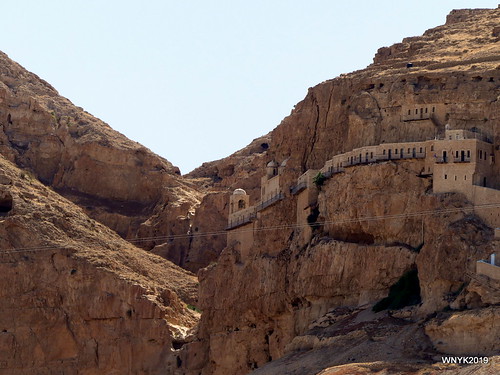
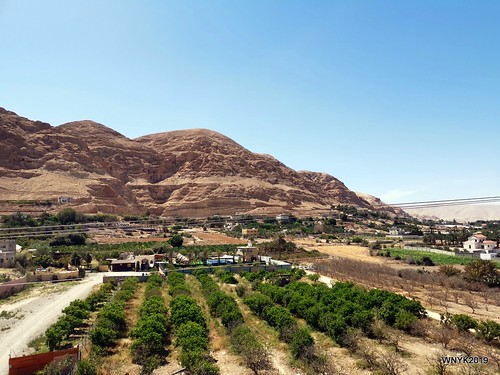
Because of the blazing heat, we quickly hopped on the bus. On our way to the Baptismal Site of Jesus (Qasr el Yahud), we passed by the Zacchaeus' Tree. The location was by the River Jordan, with Jordan border beyond a chain link fence. We did a simple baptism renewal rite there. Some pilgrims actually go down into the river to soak in the murky waters. There is actually another site over in Jordan that was visited by the Pope.


Bethany was next, the site of Lazarus' Tomb. The site is now under Muslim control. Originally, we were supposed to have mass in the hotel back in Jerusalem, but we were God gave us a better alternative ~ the Church of Saint Lazarus. The interior of the stone chapel was as cool as an air-conditioned room. Mum got a surprise birthday song after mass! That really got her smiling from ear to ear. Back at the hotel, we had another celebration at the mess hall. A very memorable birthday for mum.

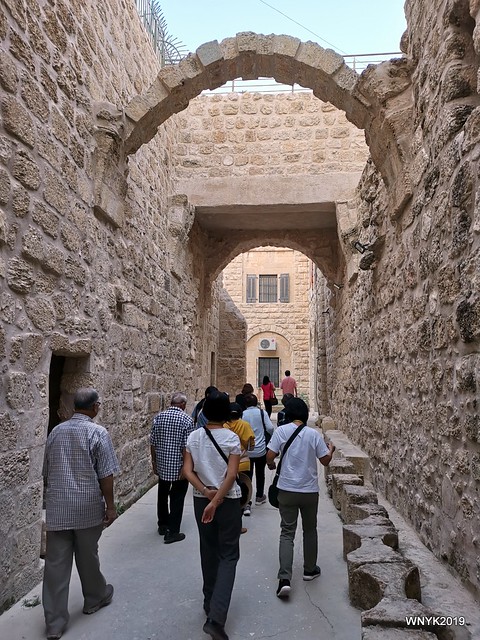
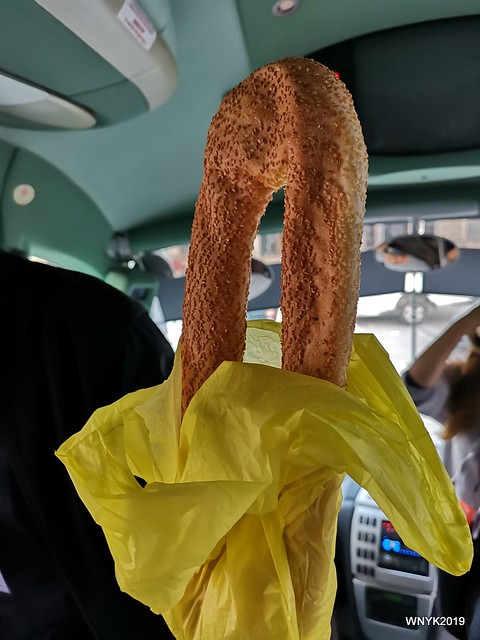



Comments